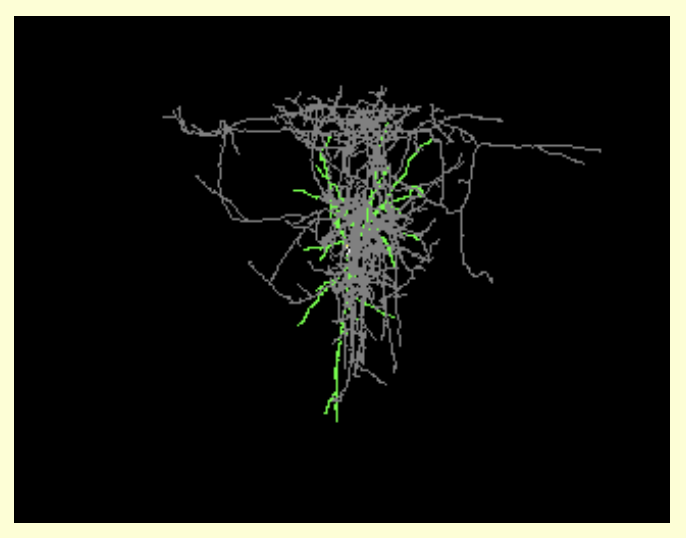URL: http://www.omicia.com/products/opal-research
Proper Citation: Opal Research (RRID:SCR_000405)
Description: Software which integrates a comprehensive, automated genome annotation engine with the VAAST and Phevor disease gene prioritization tools to rank gene variants on the severity of their impact on protein function and likelihood to cause disease. Each variant in a gene is analyzed for its impact on protein function, conservation and frequency. Each gene is ranked rather than filtered in order to ensure critical targets are not prematurely removed.
Synonyms: Omicia Opal Research, Omicia Opal, Opal Research Variant Interpretation
Resource Type: sequence analysis software, data processing software, software resource, software application, data analysis software
Defining Citation: PMID:23895124
Keywords: sequence analysis software, genome interpretation, variant prioritization, disease gene prioritization, next-generation sequencing, clinical interpretation, clinical genomics software, genome, protein function, disease, genomic variant, mutation
Expand Allis related to |
We found {{ ctrl2.mentions.total_count }} mentions in open access literature.
We have not found any literature mentions for this resource.
We are searching literature mentions for this resource.
Most recent articles:
{{ mention._source.dc.creators[0].familyName }} {{ mention._source.dc.creators[0].initials }}, et al. ({{ mention._source.dc.publicationYear }}) {{ mention._source.dc.title }} {{ mention._source.dc.publishers[0].name }}, {{ mention._source.dc.publishers[0].volume }}({{ mention._source.dc.publishers[0].issue }}), {{ mention._source.dc.publishers[0].pagination }}. (PMID:{{ mention._id.replace('PMID:', '') }})
A list of researchers who have used the resource and an author search tool
Find mentions based on location

{{ ctrl2.mentions.errors.location }}
A list of researchers who have used the resource and an author search tool. This is available for resources that have literature mentions.
No rating or validation information has been found for Opal Research.
No alerts have been found for Opal Research.
Source: SciCrunch Registry





